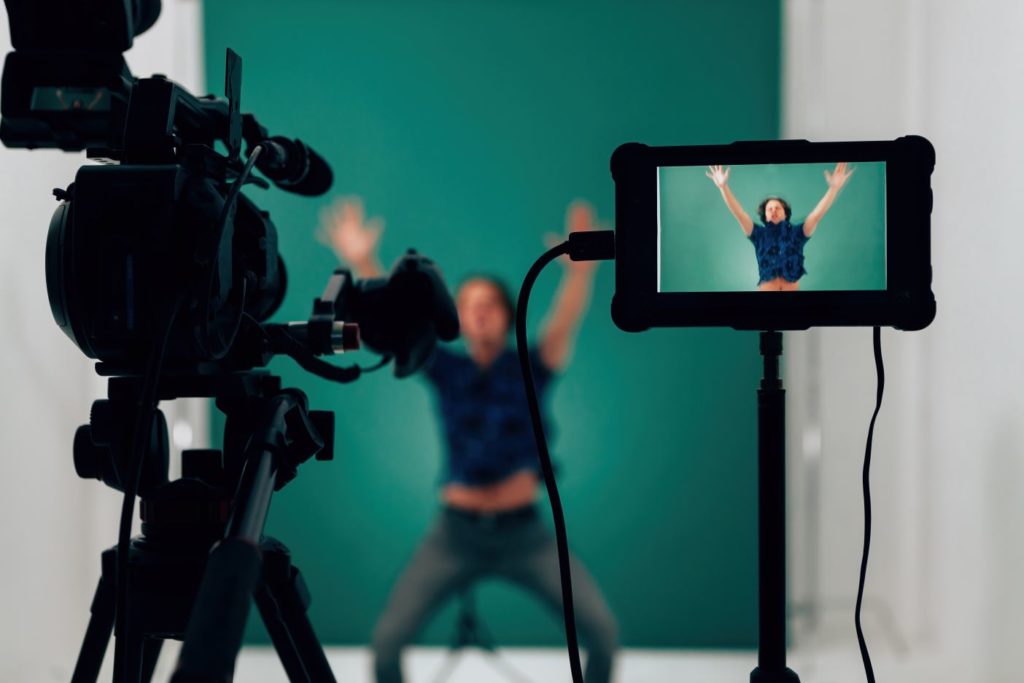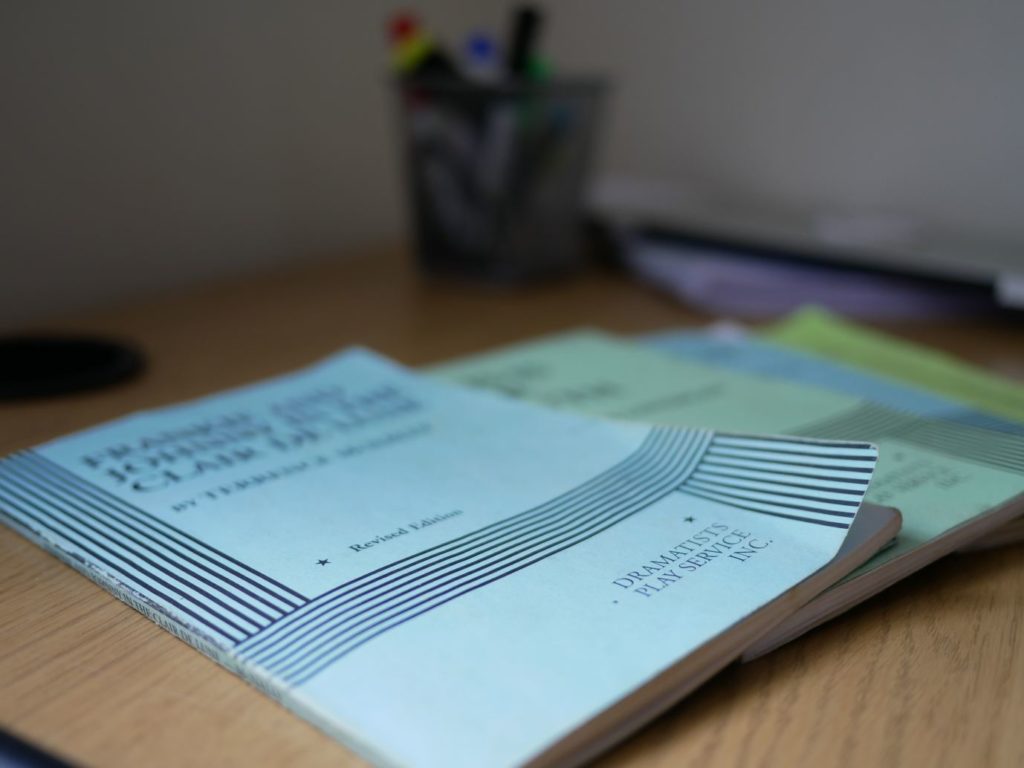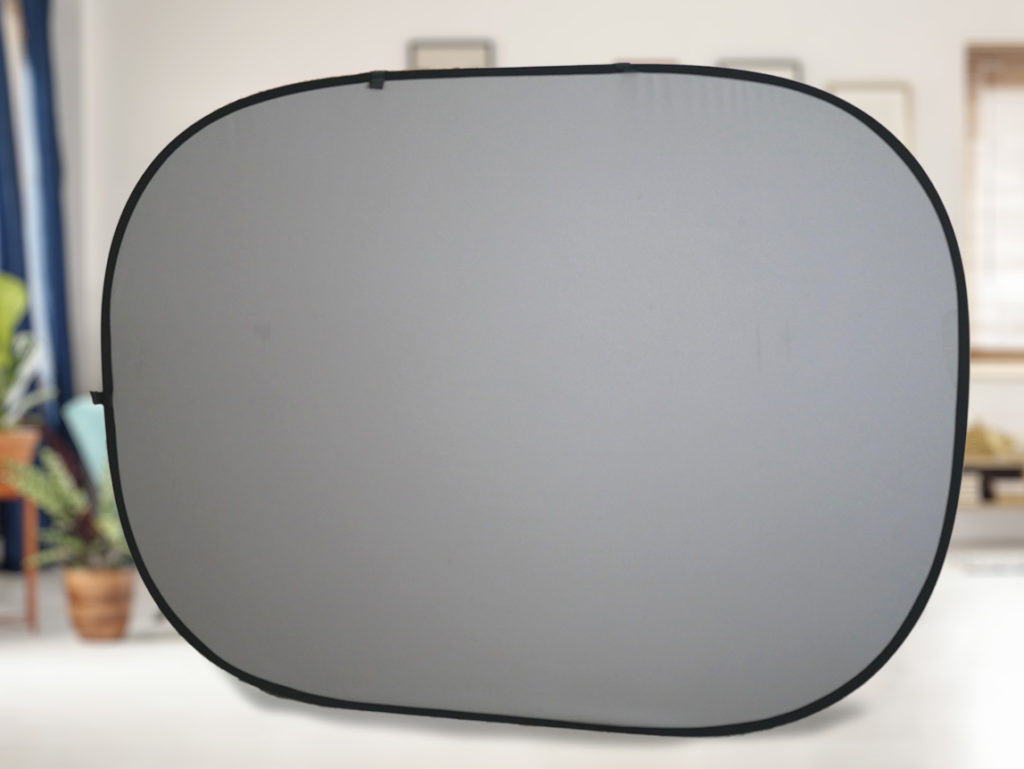Best Self Tape Camera For Auditions
Self tapes have become an essential tool for actors. Your self tapes can make or break your chances of success, so choosing the right camera is absolutely crucial. But don’t worry, we’re here to guide you through the wild world of self tape auditions and help you find the camera that will take your performances to the next level. No need to fear the dreaded nerd talk – we’ll give you all the juicy insights and down-to-earth recommendations without drowning you in technical jargon. Let’s jump right in and discover the perfect camera for your self tapes!
What Is The Best Self Tape Camera For Auditions?
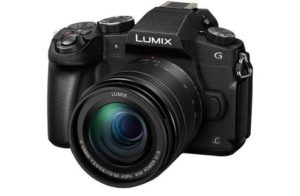
The Panasonic G85 is a top choice for self tape auditions, offering a winning combination of affordability and exceptional video quality. With its 4K Ultra HD recording capabilities and user-friendly design, this camera ensures that your performances shine brightly on screen.
Panasonic Lumix G85 4K Camera
I’ve used the Panasonic Lumix G85 camera on hundreds of auditions, including my own and for other actors I’ve coached. Hands down, this is the best self tape camera you can get at such an affordable price. Of course, if you had an unlimited budget, you could opt for a more expensive camera, but honestly, you don’t need to—this camera does it all.
Key Features:
- Recording Quality: The Panasonic G85 can record in 4K video, although for auditions, this is overkill. I usually shoot in 1080p, which is more than sufficient, or I shoot in 4K and export in 1080p for maximum quality (optional).
- Low Light: The camera performs well in low light conditions, depending on the lens you use (it comes with one). It doesn’t require a lot of light to produce amazing results.
- Cinematic: The Panasonic G85 significantly enhances the cinematic quality of your auditions, offering a substantial upgrade from using your phone.
- Phone Connectivity: One of the coolest features of this camera is its ability to connect to your phone. You can view the frame, set focus, and start recording from your phone.
- HDMI Out Connection: While the Panasonic G85 has a built-in monitor, I personally enjoy connecting it to my TV. This allows me to achieve perfect lighting and watch playback on a larger screen to assess what’s working and what needs improvement. Additionally, you can view the camera feed on your TV while it’s recording, unlike the similar Panasonic G7 model.
- Microphone Input: The camera includes a microphone input, enabling you to connect an external microphone for improved audio quality.
- Easy Focus: Although the camera has autofocus, I recommend using manual focus for auditions, as excessive movement should be avoided. By switching to manual focus mode and tapping a point on the screen, the camera will focus automatically. You don’t want the autofocus kicking in during a take.
- Photos: As a bonus, the camera can also capture still photos.
Camera Addons
These are optional, but here’s everything you might need in addition to the camera.
Memory Card
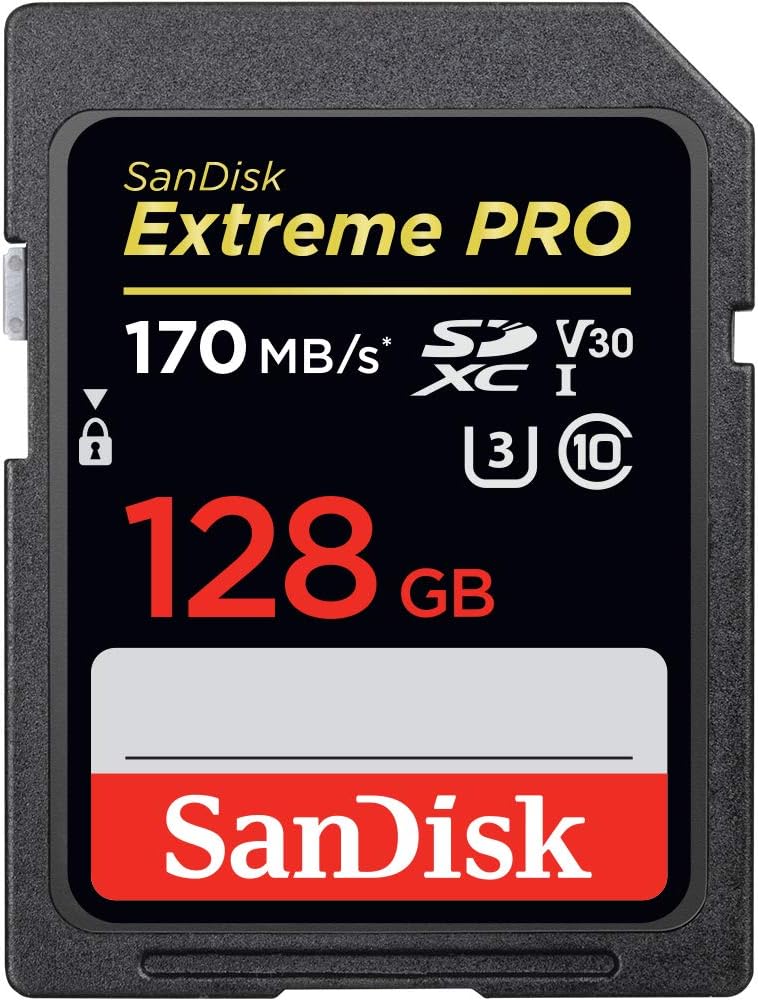
SanDisk 128GB Extreme PRO SD Card
To record video on the Panasonic G85, you'll need an SD card that can handle the demands of 4K recording. The SanDisk 128GB Extreme SD Card is the perfect choice, thanks to its fast read and write speeds. With 128GB of storage, you'll have plenty of room to capture all your auditions without worrying about running out of storage.
Tripod
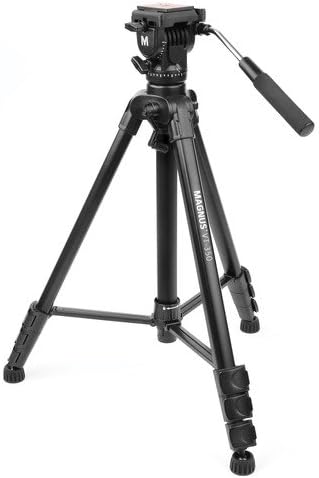
Magnus VT-350
The Panasonic G85 benefits from using a tripod, and while it's not excessively heavy, you don't necessarily require a heavy-duty option. The key consideration is selecting a tripod that is sufficiently tall to ensure the camera aligns with your eye level during self-tape recordings.
Microphone
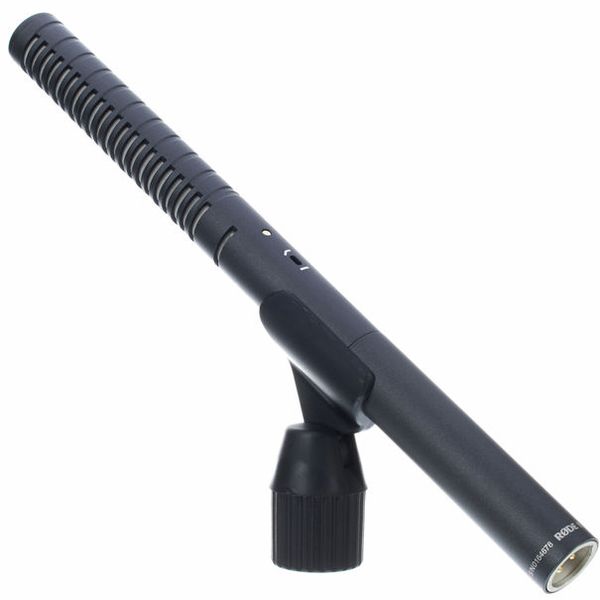
Rode NTG-2 Shotgun Microphone
The Panasonic G85 comes with built-in audio capabilities, although it's worth noting that the quality may not be exceptional. By incorporating an external microphone, you ensure that your self-tapes deliver a professional and distraction-free audition experience to casting directors.
Camera Lens
The camera comes with a kit lens which is more to enough. I upgraded my lens to take it to the next level.
There are two lens I use:
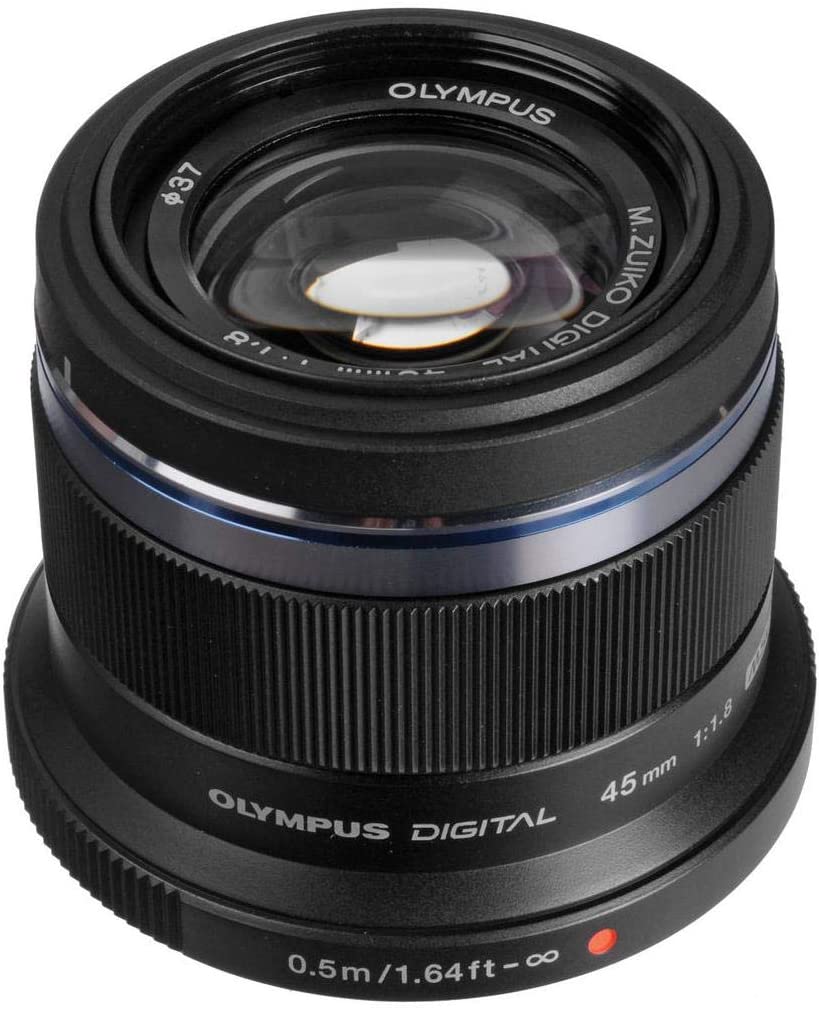
Olympus 45mm lens
This is such a beautiful lens and its made for portraists. This is the main lens I use, it is really flattering. Because it's a portrait lens you need to be some distance from the subject so you need to have enough space. With this lens, the gray pop up background I use nicely fills the frame.
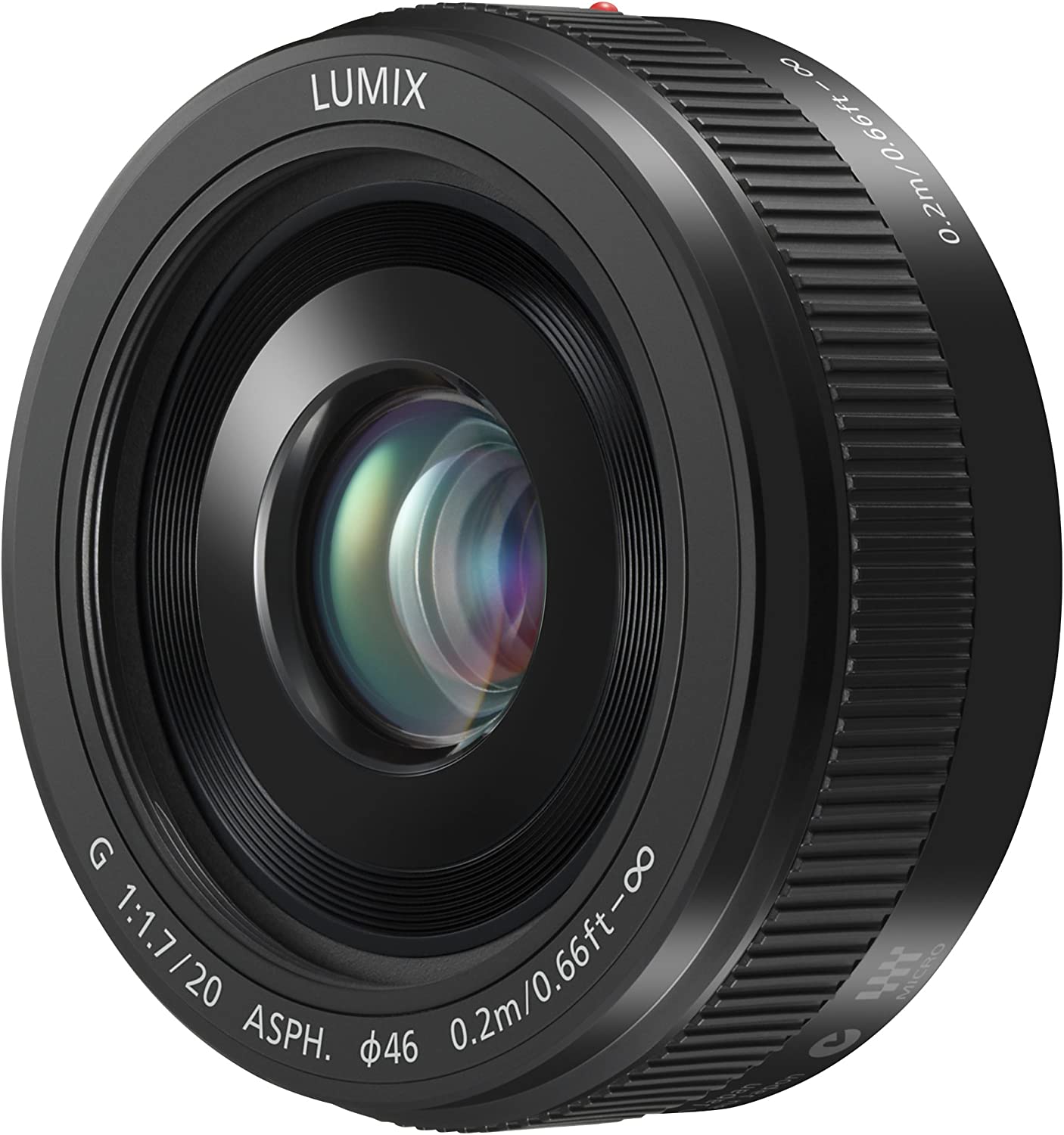
Lumix 20mm lens
This is a more wide angle lens than the Olympus, so it captures a wide frame. I use sometimes for commercial auditions when I need a wider frame. Because it's a wider lens, the gray pop up background doesn't fill as much of the frame so I usually use a blank wall.
Background
Conclusion
When it comes to self tape auditions, the Panasonic Lumix G85 is a standout camera that delivers exceptional performance without breaking the bank. Its impressive recording quality, low light capabilities, cinematic appeal, and user-friendly features make it the perfect choice for actors looking to elevate their auditions. With the Panasonic G85 in your arsenal, you can confidently showcase your talent, knowing that your self tapes will capture every nuance and detail of your performance. From its 4K recording capabilities to its phone connectivity and easy focus options, this camera offers the tools you need to create professional-level auditions. Investing in the Panasonic G85 will undoubtedly enhance the quality and impact of your self tape auditions. Say goodbye to mediocre recordings and embrace a camera that will truly bring out the best in your acting. Remember, the camera is just one piece of the puzzle. Practice your craft, prepare diligently, and let your talent shine through. With the right camera and the right skills, success in the world of self tape auditions is within your reach. Now, go out there, grab your Panasonic G85, and break a leg!

Chad Baker
Chad Baker is an actor and a senior staff writer at The Struggling Actor. He loves writing about both the creative and business aspects of acting. He lives in Los Angeles and loves every second of it.

